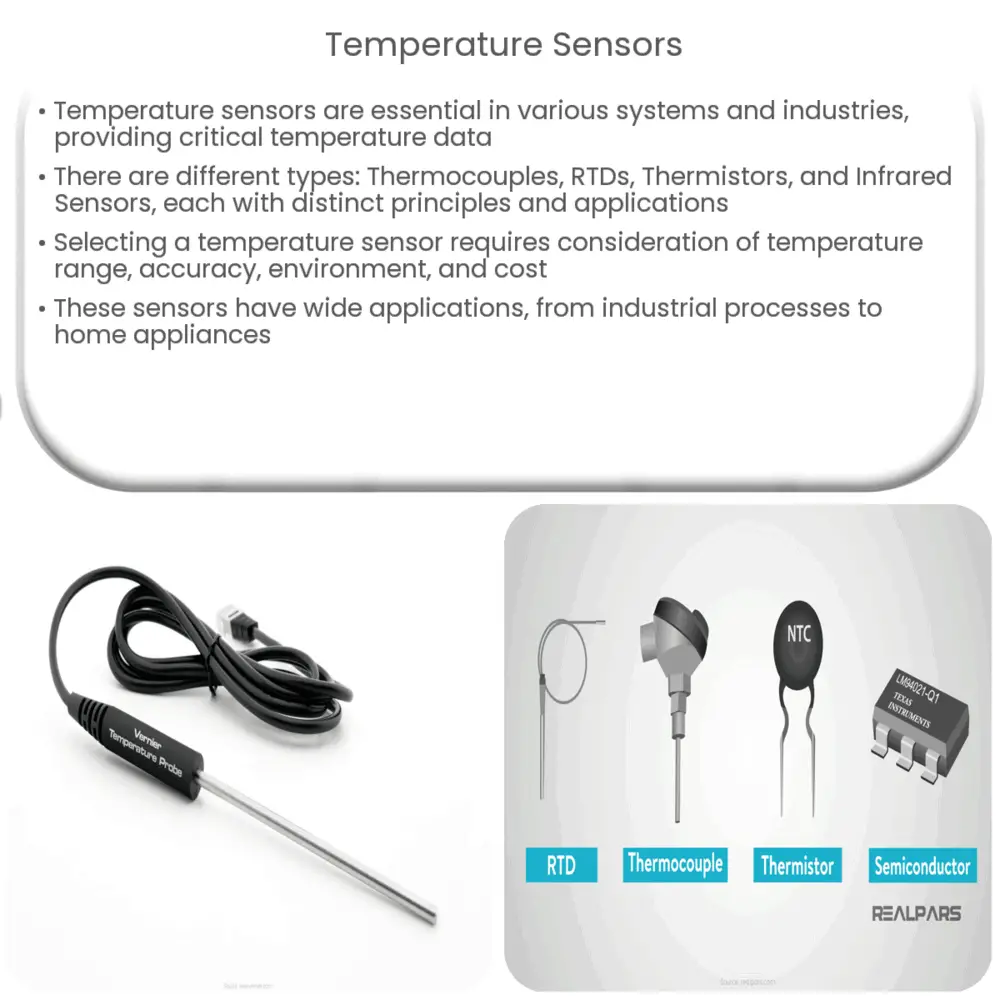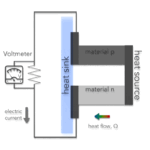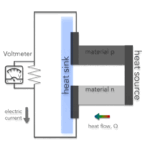Explore the world of temperature sensors – types, selection criteria, working principles, and applications in various sectors.

Introduction to Temperature Sensors
Temperature sensors are crucial components in a variety of systems and industries. Their primary function is to measure temperature or heat energy, yielding data that can inform or automate responses within a larger system. Understanding these versatile devices is vital in many fields.
Types of Temperature Sensors
- Thermocouples: Thermocouples are simple, rugged, and cost-effective temperature sensors. They work on the principle of the Seebeck effect, where a voltage differential is created by varying temperature between two dissimilar metals.
- Resistance Temperature Detectors (RTDs): RTDs are sensors used for precision temperature monitoring. They operate on the principle that the resistance of a metallic object increases with temperature.
- Thermistors: Thermistors are similar to RTDs, but they use semiconductor materials instead of metals and are more sensitive to temperature changes, albeit over a smaller range.
- Infrared Sensors: Infrared sensors detect temperature by measuring infrared radiation emitted by an object. They are useful for non-contact temperature measurements.
Selection Criteria for Temperature Sensors
Choosing the appropriate temperature sensor for a particular application requires considering several factors. Some of these factors include the temperature range of the application, accuracy requirements, environmental conditions, and cost. Let’s delve deeper into each one.
- Temperature Range: Not every temperature sensor is capable of measuring all possible temperatures. A thermocouple might be suitable for high-temperature industrial processes, whereas a thermistor may be more appropriate for a low-temperature lab setting.
- Accuracy: The degree of accuracy required can also influence the choice of temperature sensor. For instance, RTDs are typically more accurate than thermocouples but come at a higher cost.
This brings us to an intermediate stop in our understanding of temperature sensors. As we progress further, we will explore the other selection criteria and delve deeper into the functioning and applications of these sensors.
- Environmental Conditions: The sensor’s operating environment can greatly affect its performance. For instance, certain sensors might not function correctly under high pressure or in the presence of certain chemicals.
- Cost: Budget considerations are often pivotal in sensor selection. While thermocouples are more affordable, they are less precise than some alternatives. Conversely, while RTDs provide high accuracy, they can be cost-prohibitive in certain applications.
Working Principle of Temperature Sensors
Each type of temperature sensor has its unique working principle. Thermocouples operate based on the Seebeck effect, generating a voltage that can be translated into a temperature reading. In contrast, RTDs and thermistors work on the principle that a material’s electrical resistance changes with temperature. These devices use this change in resistance to determine the temperature. Infrared sensors, on the other hand, measure the infrared radiation that an object emits to infer its temperature.
Applications of Temperature Sensors
Temperature sensors find applications in various sectors. Some prominent examples include:
- Industrial Processes: Temperature monitoring is essential in various industries like chemical, petrochemical, and food processing. Here, sensors like thermocouples are widely used.
- Medical Devices: Thermistors are often found in medical devices such as incubators and patient-monitoring systems, providing critical temperature information.
- Home Appliances: Appliances like refrigerators, ovens, and air conditioners use temperature sensors to regulate their operations.
- Environmental Systems: Temperature sensors help in weather forecasting and climate control systems, providing vital data for these operations.
Conclusion
Temperature sensors play a significant role in our daily lives, from ensuring our homes are comfortably heated to guaranteeing the safety of industrial processes. By understanding their operation and applications, we can better appreciate these remarkable devices and use them more effectively in our systems. As technology continues to evolve, we can expect to see even more sophisticated and precise temperature sensors, further expanding their already broad range of applications.



